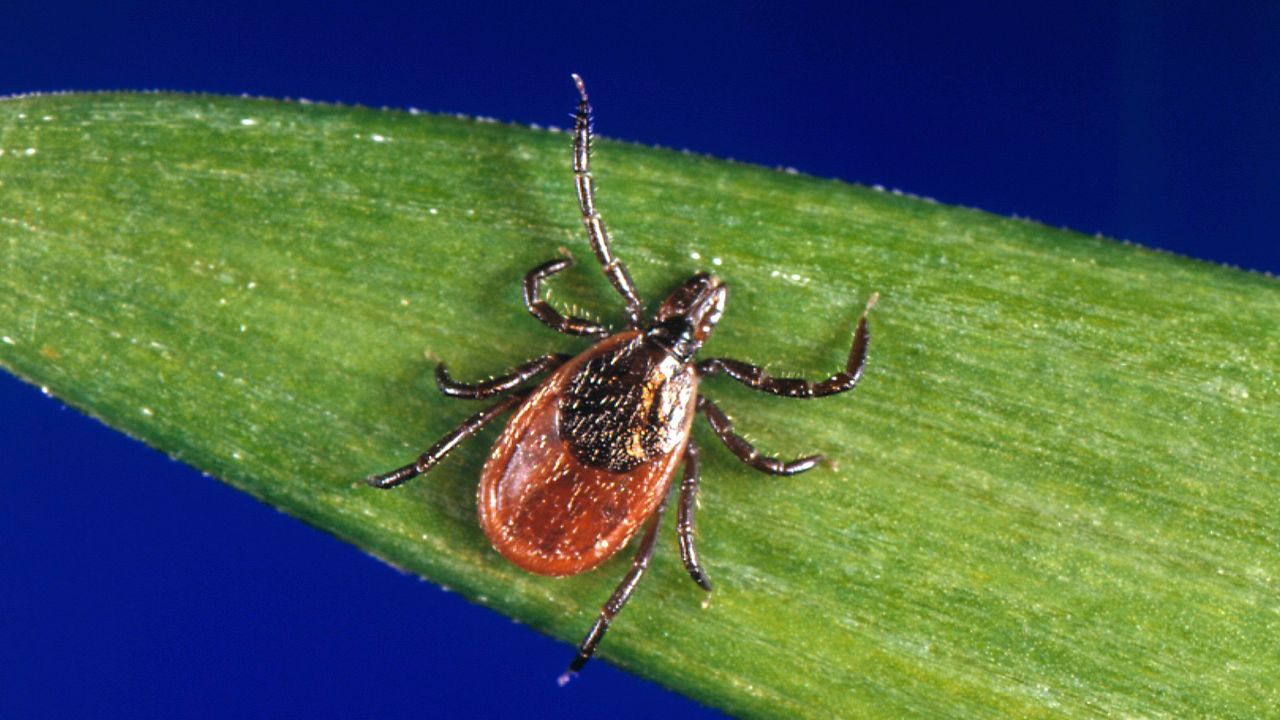OHIO — The presence of Lyme disease has increased 35-fold in the last 13 years in Ohio, according to the Ohio Department of Health.
In 2023, there were 1,283 reported cases of the disease — the highest reported number of cases in a year since 2010, according to ODH data. It's also more than double the number of reported cases in 2022.

"Since the establishment and spread of blacklegged ticks in Ohio, Lyme disease has steadily increased and caused significant disease among Ohioans," ODH wrote in a release. "While it is both preventable and treatable, Lyme disease may become more severe and life-altering if not treated early."
To garner more attention to the topic as it increases concerns, ODH gave advice for Ohio clinicians. More information on tickborne diseases, tick bites and how to prevent them can be found here.
"Consider tickborne diseases, including Lyme disease, as a differential diagnosis when evaluating patients with febrile illness, with or without a rash," ODH said.
ODH added many tickborne disease have non-specific clinical signs, including headache, fever, fatigue and muscle aches. Additionally, some of the diseases may have a rash that can vary on its appearance. More information on symptoms can be found on the Centers for Disease Control and Prevention's website.
For Lyme disease, the testing has two steps and can be done with the same blood sample, ODH said.
- Step one is to perform an immunoassay antibody test detecting IgM and/or IgG antibodies to B. burgdorferi — if it comes back negative, further testing isn't recommended
- If the first step is positive or indeterminate/equivocal, step two is to perform an IgM and/or IgG western blot
- The IgM Western blot usually is positive a few days to a few weeks after illness onset, ODH said
For Anaplasmosis, ehrlichiosis and spotted fever group rickettsiosis, ODH said clinicians should perform a PCR from whole blood specimens that were collected from the "acute stage" of the illness, or IFA testing from at least two serium samples that were collected two to four weeks apart.
To test for babesiosis, a diagnosis can be made by examination of thick and thin blood smears stained with Giemsa or IFA testing.
Powassan virus, officials said to contact the ODH Zoonotic Disease Program 614-995-5599 to arrange for testing by CDC.



